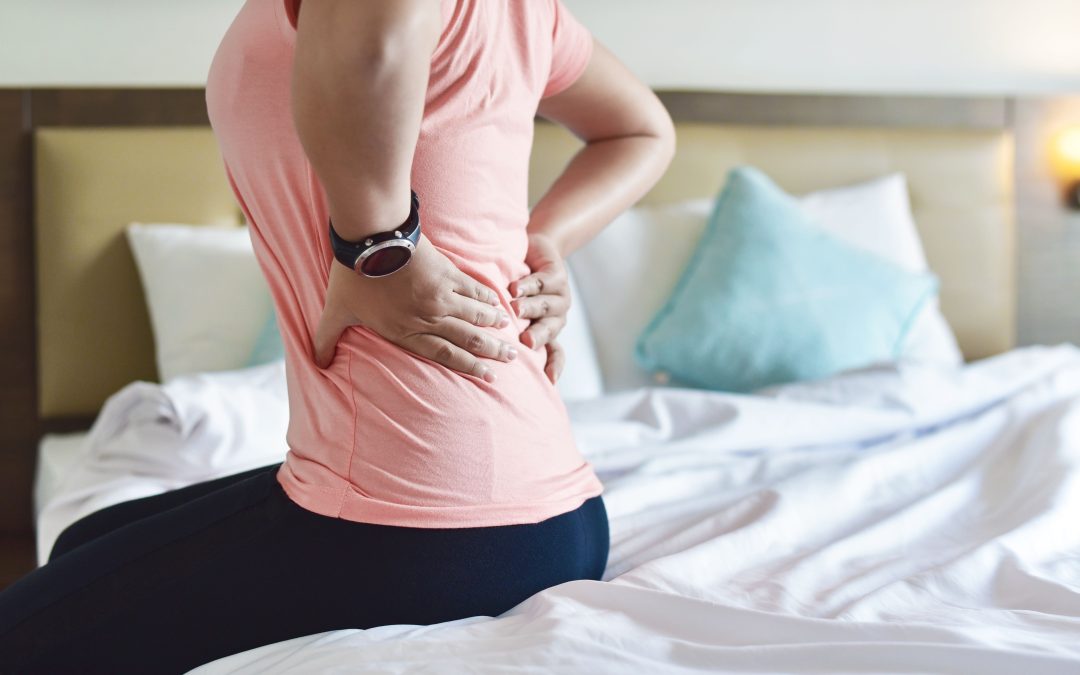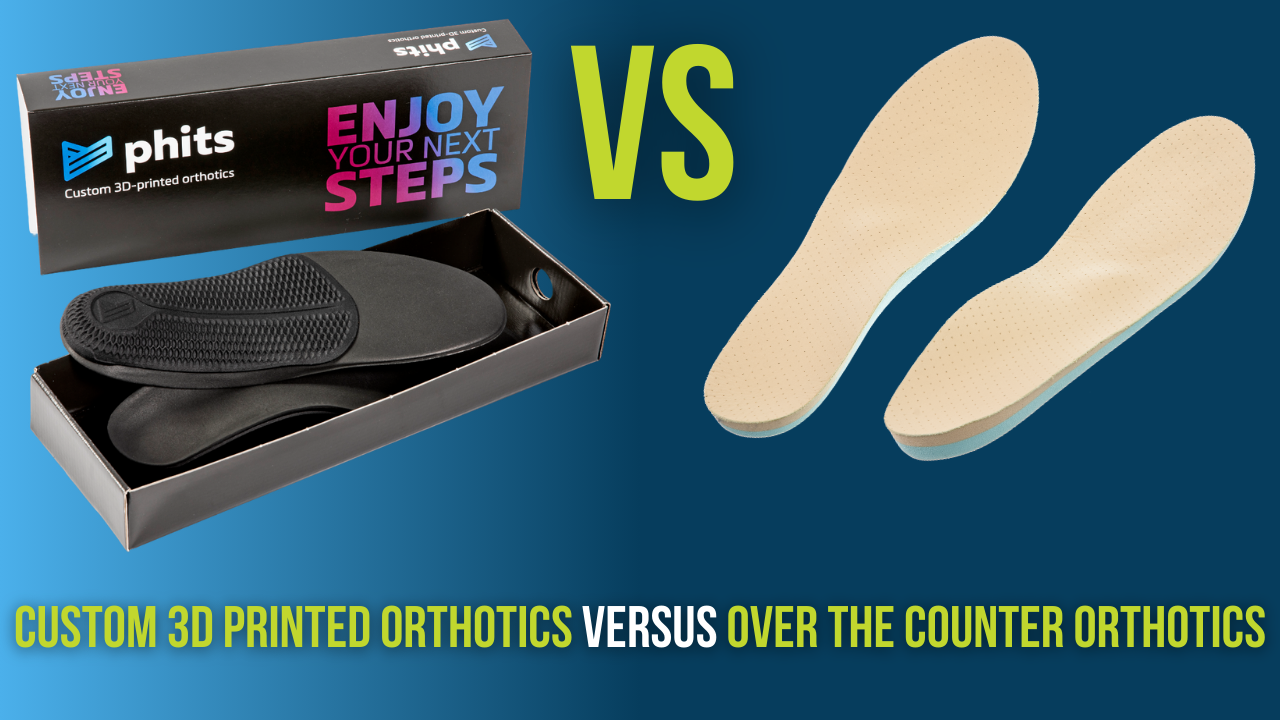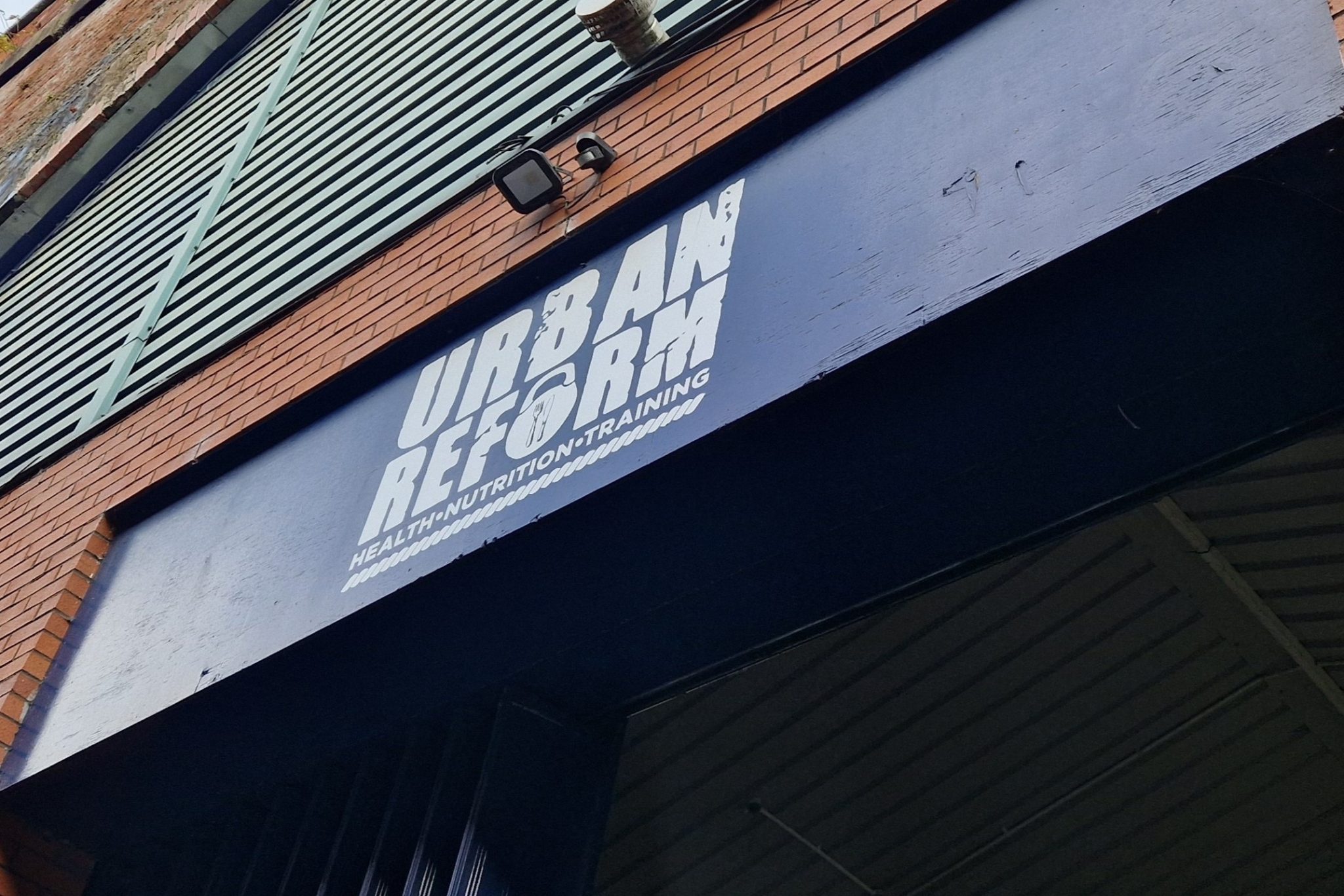The 2 Critical Approaches to Arthritis Pain Relief
Arthritis, a common condition affecting millions of individuals worldwide, is characterised by inflammation and stiffness in the joints, leading to debilitating pain and reduced mobility.
Managing arthritis pain is a crucial aspect of improving the quality of life for those affected by this chronic condition. From osteoarthritis to rheumatoid arthritis, the impact of arthritis on daily activities can be significant, making effective pain relief strategies essential.
In this article, we delve into the various methods and approaches available for arthritis pain relief and improving overall joint health. From traditional treatments such as medication and physical therapy to alternative therapies like acupuncture and dietary supplements, individuals with arthritis have a plethora of options to explore in their quest for relief.
What is Arthritis?
Understanding the underlying causes of arthritis pain is key to developing a personalised pain management plan for arthritis pain relief. By addressing inflammation, supporting joint function, and promoting overall well-being, individuals can experience significant improvements in their symptoms and quality of life. Additionally, staying informed about the latest research and advancements in arthritis treatment can empower individuals to make informed decisions about their health and well-being.
The most common forms of arthritis are osteoarthritis and rheumatoid. Osteoarthritis occurs when the protective cartilage that cushions the ends of bones wears down over time, causing pain and stiffness. Rheumatoid arthritis, on the other hand, is an autoimmune disorder where the body’s immune system mistakenly attacks the joints, leading to inflammation and joint damage.
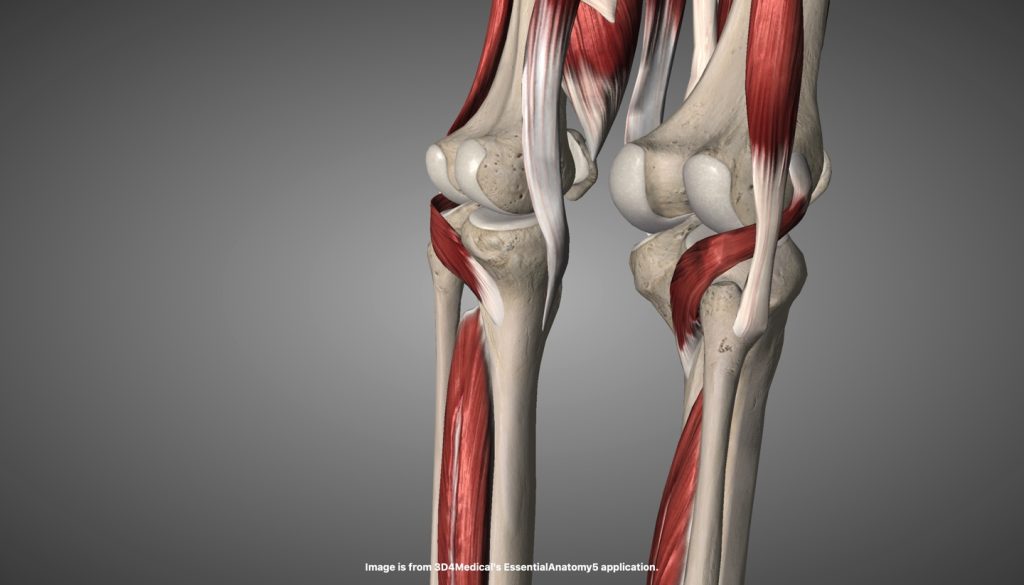
Arthritis can affect people of all ages, but it is more common in older adults. Symptoms of arthritis can vary depending on the type and severity of the condition but often include joint pain, swelling, stiffness, and decreased range of motion. Treatment for arthritis aims to reduce pain, improve joint function, and enhance quality of life through a combination of medication, physical therapy, lifestyle modifications, and in some cases, surgery.
What can cause arthritis?
Arthritis is a complex condition with a variety of causes that can contribute to the development of joint inflammation and pain. While the exact cause of arthritis may vary depending on the type of arthritis, there are several common factors that can play a role in its onset. Understanding the cause can help with managing arthritis pain relief.
1. age-related wear and tear
One of the primary causes of arthritis is age-related wear and tear on the joints, known as osteoarthritis. Over time, the protective cartilage that cushions the ends of bones can deteriorate, leading to bone-on-bone contact, inflammation, and pain. This degenerative process is often exacerbated by factors such as obesity, joint injuries, and repetitive stress on the joints.
2. autoimmune dysfunction
Another common cause of arthritis is autoimmune dysfunction, as seen in rheumatoid arthritis. In this type of arthritis, the body’s immune system mistakenly attacks the synovium, a membrane that lines the joints, leading to inflammation, joint damage, and pain. Genetic factors, environmental triggers, and hormonal imbalances are believed to contribute to the development of autoimmune arthritis.
3. Infection or viruses
Infectious agents, such as bacteria or viruses, can also trigger arthritis in some cases. Reactive arthritis, for example, can develop in response to an infection in another part of the body, leading to joint inflammation and pain. Similarly, Lyme disease, caused by a tick bite carrying the bacterium Borrelia burgdorferi, can result in Lyme arthritis if left untreated.
4. Metabolic disorders
Metabolic disorders, such as gout, can cause arthritis due to the accumulation of uric acid crystals in the joints, leading to inflammation and severe pain. Gout is often associated with dietary factors, such as consuming high-purine foods and excessive alcohol intake.
5. Inflammatory conditions
Inflammatory conditions, such as psoriatic arthritis and ankylosing spondylitis, are also linked to arthritis. These conditions involve chronic inflammation in the joints and surrounding tissues, leading to pain, stiffness, and joint damage.
Overall, the causes of arthritis are multifactorial and can involve a combination of genetic predisposition, environmental factors, lifestyle choices, and underlying health conditions. Understanding the underlying causes of arthritis is crucial for developing effective treatment strategies and managing symptoms to improve quality of life for individuals affected by this chronic condition.
There are two critical approaches to arthritis pain relief; prevention & management...
Arthritis pain relief: preventative strategies
Prevention of arthritis is a crucial aspect of maintaining joint health and overall well-being. While some risk factors for arthritis, such as age and genetics, are beyond our control, there are several lifestyle modifications and strategies that can help reduce the risk of developing arthritis and delay its onset.
1. healthy weight
One of the key factors in arthritis pain relief is maintaining a healthy weight. Excess weight puts added stress on the joints, particularly the knees, hips, and spine, increasing the risk of developing osteoarthritis. By adopting a balanced diet rich in fruits, vegetables, whole grains, and lean proteins, individuals can manage their weight and reduce the strain on their joints.
2. exercise
Regular physical activity is another essential component of arthritis pain relief. Exercise helps strengthen the muscles around the joints, improve flexibility, and maintain overall joint health. Low-impact activities such as walking, swimming, and cycling are gentle on the joints and can help reduce the risk of arthritis. Additionally, incorporating strength training exercises to build muscle mass and protect the joints can be beneficial in preventing arthritis.
3. posture & ergonomics
Maintaining good posture and ergonomics is important in preventing arthritis, especially in the spine and joints. Proper body mechanics when lifting heavy objects, sitting at a desk, or performing repetitive tasks can help reduce strain on the joints and prevent injury. Using ergonomic tools and equipment, such as supportive chairs and keyboards, can also help minimise joint stress and prevent arthritis-related pain.

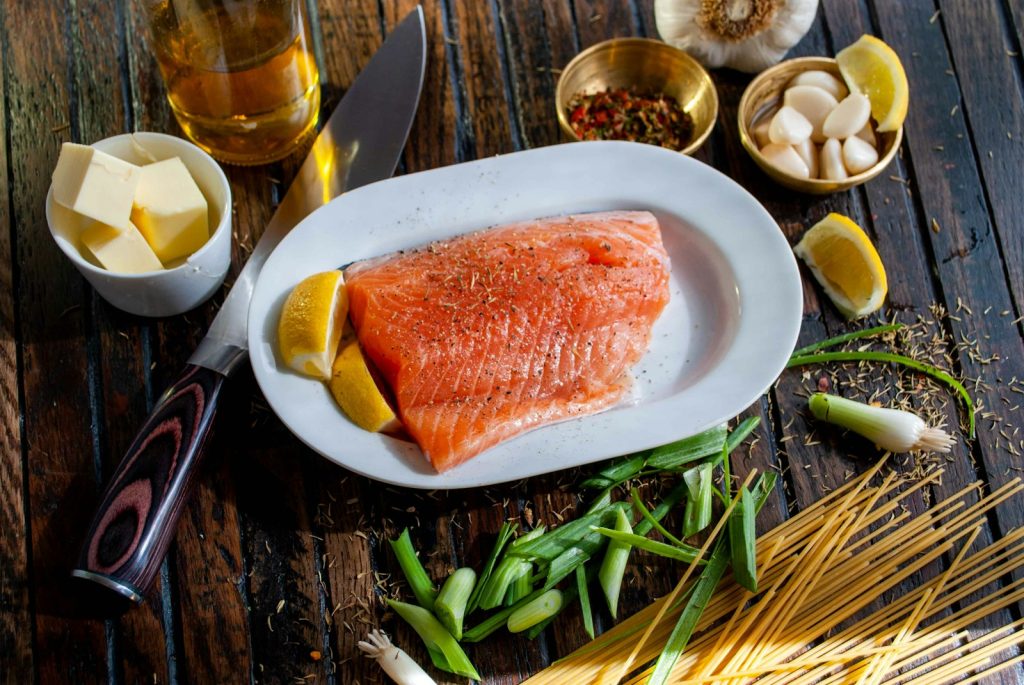
4. AvoiDING iNJurY & Joint TrAUMA
Another key aspect of arthritis prevention is avoiding joint injuries. Trauma to the joints, whether from sports activities, accidents, or repetitive stress, can increase the risk of developing arthritis later in life. Taking precautions to protect the joints during physical activities, building and maintaining muscular strength, as well as, using proper techniques can help prevent injuries and reduce the risk of arthritis.
5. InFlammatory Foods & Supplements
Incorporating anti-inflammatory foods and supplements into the diet can also play a role in arthritis prevention and help with arthritis pain relief. Foods rich in omega-3 fatty acids, such as fatty fish, flaxseeds, and walnuts, have been shown to have anti-inflammatory properties that can help reduce joint inflammation and pain. Additionally, supplements like glucosamine and chondroitin sulfate may help support joint health and reduce the risk of arthritis.
Overall, a holistic approach to arthritis prevention that includes maintaining a healthy weight, staying active, practicing good posture, preventing injuries, and incorporating anti-inflammatory foods and supplements into the diet can help reduce the risk of developing arthritis and promote long-term joint health. By taking proactive steps to care for their joints, individuals can improve their quality of life and reduce the impact of arthritis on their overall well-being.
Arthritis pain relief: Management techniques
Arthritis management is a multifaceted approach that aims to aid with arthritis pain relief, improve joint function, and enhance overall quality of life for individuals affected by this chronic condition. With over 100 different types of arthritis, including osteoarthritis, rheumatoid arthritis, and gout, the management strategies may vary depending on the specific type and severity of the condition. Here, we explore some common methods and approaches used in the management of arthritis.
1. lifestyle modifications
Lifestyle modifications are key in managing arthritis pain relief and promoting overall joint health. Maintaining a healthy weight through diet and exercise can help reduce stress on the joints and improve mobility. Eating a balanced diet rich in anti-inflammatory foods such as fruits, vegetables, whole grains, and omega-3 fatty acids can help reduce inflammation and alleviate arthritis symptoms. Avoiding activities that exacerbate joint pain and practicing good posture and body mechanics can also help manage arthritis symptoms.
2. physiotherapy
Physical therapy is an essential component of arthritis pain relief, focusing on improving joint flexibility, strength, and range of motion. Physical therapists can design personalised exercise programs to help individuals with arthritis maintain mobility, reduce pain, and prevent further joint damage. In addition to traditional physical therapy, alternative therapies such as acupuncture, massage therapy, and hydrotherapy may also be beneficial in managing arthritis symptoms.
3. medication
Medication can help with arthritis pain relief, to reduce pain, inflammation, and stiffness in the joints. Nonsteroidal anti-inflammatory drugs (NSAIDs) such as ibuprofen and naproxen are commonly used to alleviate pain and inflammation in arthritis. Disease-modifying antirheumatic drugs (DMARDs) are often prescribed for individuals with rheumatoid arthritis to slow down the progression of the disease and prevent joint damage. Corticosteroids may be used to provide short-term relief from severe arthritis symptoms.
4. surgery
Surgery may be considered for individuals with severe arthritis that does not respond to conservative treatments. Joint replacement surgery, such as knee or hip replacement, can help restore function and reduce pain in individuals with advanced arthritis. Arthroscopic surgery may be performed to remove damaged tissue or debris from the joint, improving mobility and reducing pain.
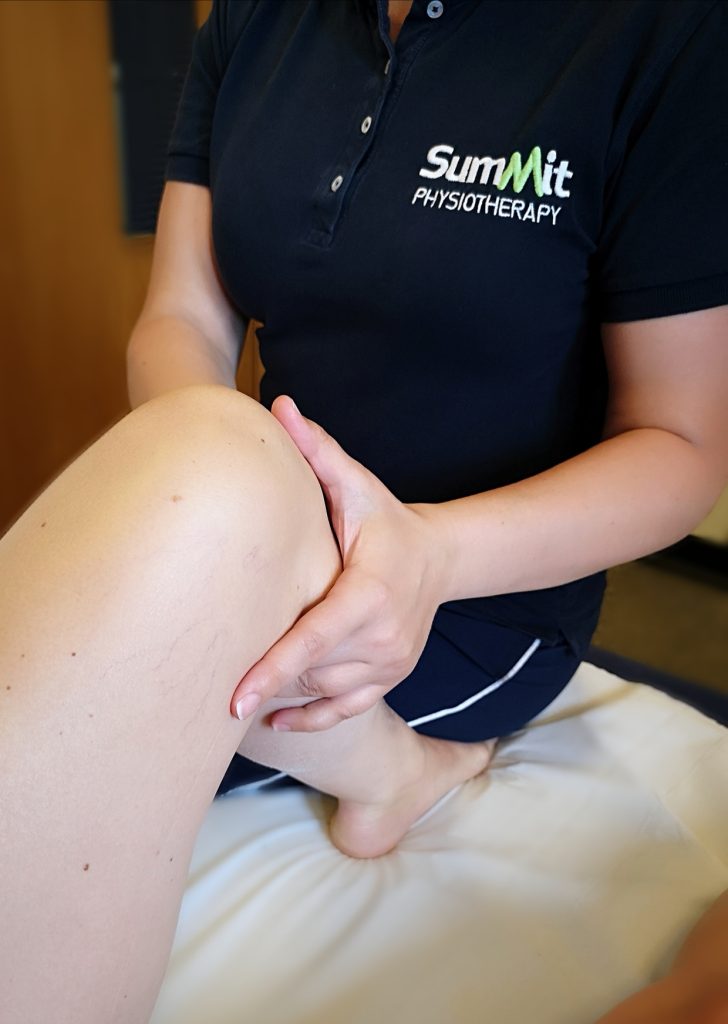
In conclusion:
Arthritis pain relief requires a comprehensive and individualised approach that addresses the specific needs and symptoms of each individual. By combining physical therapy, lifestyle modifications, and in some cases, surgery, individuals with arthritis can effectively manage their symptoms, improve joint function, and enhance their overall quality of life. Staying informed about the latest advancements in arthritis treatment and working closely with healthcare providers can help individuals develop a personalised management plan that meets their unique needs and goals.
If you have been experiencing any of the above, you can seek further help or speak to a practitioner about any of the above by calling us on 0800 731 2738 or by booking online here.
You can also view all the services we provide within our clinics on our website, as well as checking out our other blogs and content.
For more free tips and information, make sure to follow our Facebook and Instagram pages. We also post client stories, so you can see how we’ve helped people get back to doing the things they enjoy!
